Best Kitesurfing Spots in the Netherlands
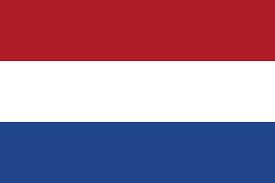
Are you a kiteboarder searching for best kitesurfing spots in the Netherlands? This guide walks you through top locations—from the wide beaches of Brouwersdam to the calm lagoons at Mirns and Workum. You’ll find spots for all skill levels, seasonal tips, safety advice, and plus‑ups like weather, gear, local schools, and wind direction charts.
Whether you crave wave riding on the North Sea or flat‑water freestyle on the IJsselmeer or the Zandmotor, this article shows where and when to ride. You’ll learn how to reach spots (by car, train or bike), where to stay, and how to avoid crowds and hazards.
You’ll also pick up local insight—like fall being the best wind season, the wild card of the Zandmotor, a flat water peninsula, or hidden gems with fewer kiters. Read on for a complete tour of the best Dutch kitesurf locations.
Why the Netherlands is top for kitesurfers
Wind and seasons
The North Sea gives strong, steady wind. Autumn is best with 20–30 knots. Spring is good too. Summer has lighter winds, better for learning. Winter has strong gusts but cold water.
Variety: sea, lakes, flat water
Ride waves on the coast or flat water inland. Brouwersdam offers both. IJsselmeer lagoons stay shallow for tricks. Coastal spots have waves for jumps.
Community, schools, tourism
Dutch kite culture is friendly. Kitesurfing schools and shops are near most beaches. Rentals are easy. Cafes line many beaches. Travel between spots is quick.
When to go
The Netherlands offers year-round wind, but conditions vary greatly by season. Spring (March to May) brings mild air and water. Winds are steady, making it a good time for all levels. The beaches are still quiet, so you enjoy more space.
Summer (June to August) has lighter breezes, which suit beginners and foilers. Water warms up, and long daylight hours give plenty of time to ride. Expect crowded beaches during school holidays, so ride early mornings.
Autumn (September to November) is prime season. Stronger, consistent winds and cleaner waves create ideal sessions for wave riders and freestyle kiters. Temperatures stay bearable through October.
Winter (December to February) has powerful storms and the most wind, but the cold water demands a thick wetsuit, gloves, boots, and hood. Only advanced riders should attempt winter sessions. Always check forecasts and tides, as weather changes fast. Short days in winter also limit time on the water.
Regional highlights
North Holland coastline
North Holland’s coastline includes many wave spots like Zandvoort and Wijk aan Zee. Winds from the west make these beaches shine. Summer draws big crowds, so aim for spring or autumn for quieter sessions. The coastline is dotted with cafes and schools, making it easy to plan trips.
South Holland & Zeeland
Zeeland is home to Brouwersdam and many quiet beaches. Its wide sandy shores and steady winds make it a favorite for kiters. South Holland’s Zandmotor offers varied conditions in one spot. Both regions have good access, lessons, and rentals.
Friesland & Groningen inland waters
Friesland is known for Workum and Mirns with flat water and reliable wind. Groningen has smaller, less crowded spots, perfect for peaceful sessions. These regions are worth visiting if you prefer calm conditions.
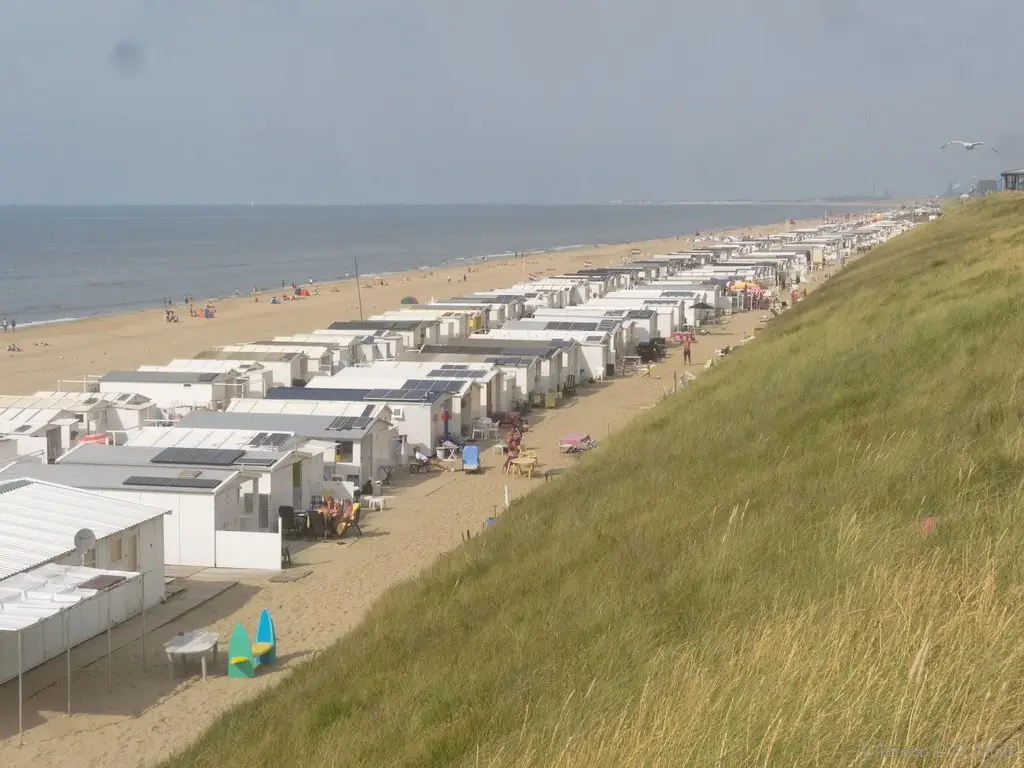
🏄 Zandvoort
Zandvoort is just 30 minutes from Amsterdam and easy to reach by train. It’s a great spot for both locals and tourists. The beach is wide, providing ample room for setting up gear. Wind here is steady and works well with most west-facing directions. The waves are moderate, perfect for riders who want to jump or ride surf-style.
During summer, the area attracts many visitors, so the water can get crowded. Choose windy weekdays to avoid the rush. Several kite schools and shops offer lessons and rentals. After kiting, you can relax at one of the many beachfront cafes and bars, making it an ideal spot to combine sport with leisure.
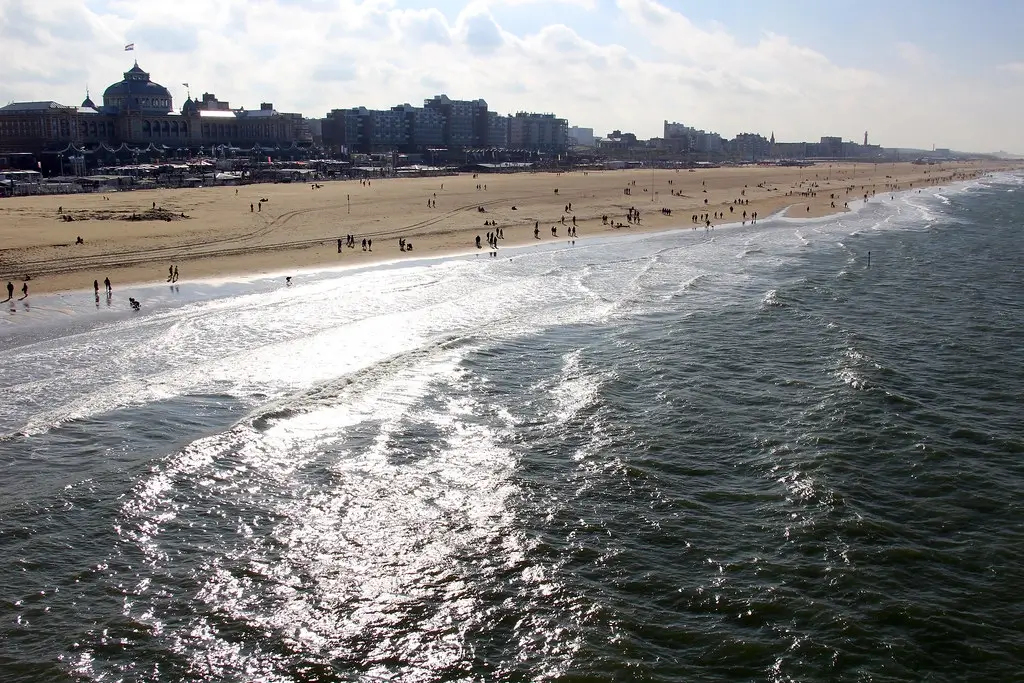
🏄 Scheveningen & Wijk aan Zee
Scheveningen is a lively city beach near The Hague, known for its strong wave conditions that suit advanced riders. The area offers consistent wind, especially in autumn, and has a buzzing surf culture with many schools and events. Wijk aan Zee, just north of Amsterdam, is quieter and has cleaner waves, making it appealing to riders who enjoy space on the water.
Both spots perform best with west or northwest winds. Safety zones are clearly marked, and riders should stay aware of swimmers during peak months. Facilities include gear rentals, restaurants, and easy parking. Local riders recommend riding early in the day for the best conditions.
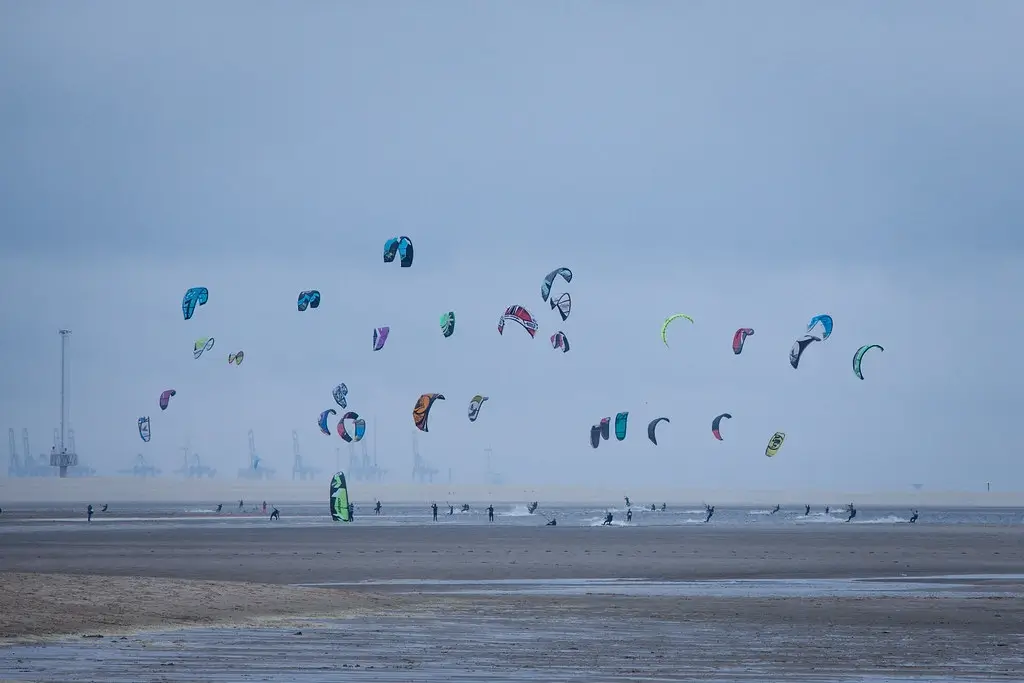
🏄 De Zandmotor
The Zandmotor at Kijkduin, just south of The Hague, blends flat-water learning with sea wave riding in one safe setting. A shallow lagoon forms at high tide behind the sandbank. Riders can practice safely in knee‑deep, glassy water with stable sea breeze—no waves to worry about.
Winds from northeast through southwest all work well, so you rarely miss a trick session. Free parking, easy public transport, and beachfront facilities—including a beach club with showers—make it ideal for lessons and beginner-friendly sessions.
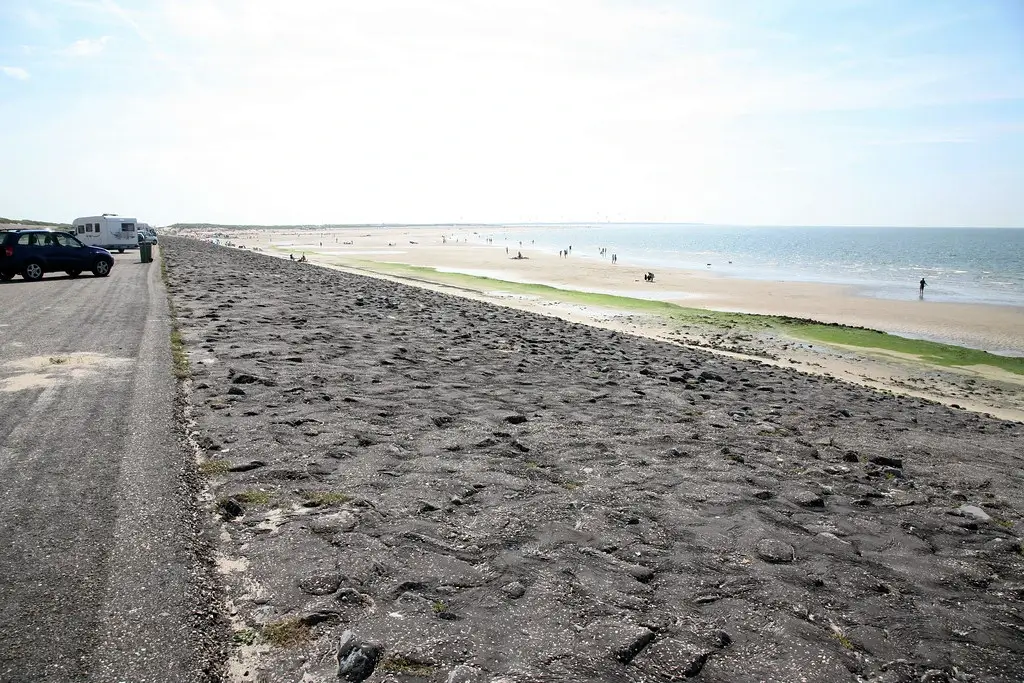
🏄 Brouwersdam
Brouwersdam is one of the most popular spots for kitesurfing in the Netherlands. It stretches along the coast of Zeeland and offers both flat lagoon water and open-sea waves, making it suitable for riders at all levels. The lagoon is shallow, allowing beginners to practice in safe conditions, while wave riders can head out to the sea for stronger swells.
Free parking is available, and the beach is well-equipped with kite schools and rental shops. Winds work from many directions, so you rarely miss a session. Crowds can build up during weekends, so early mornings or late afternoons are the best times to ride. The long sandy beach also allows plenty of space for launching and landing.
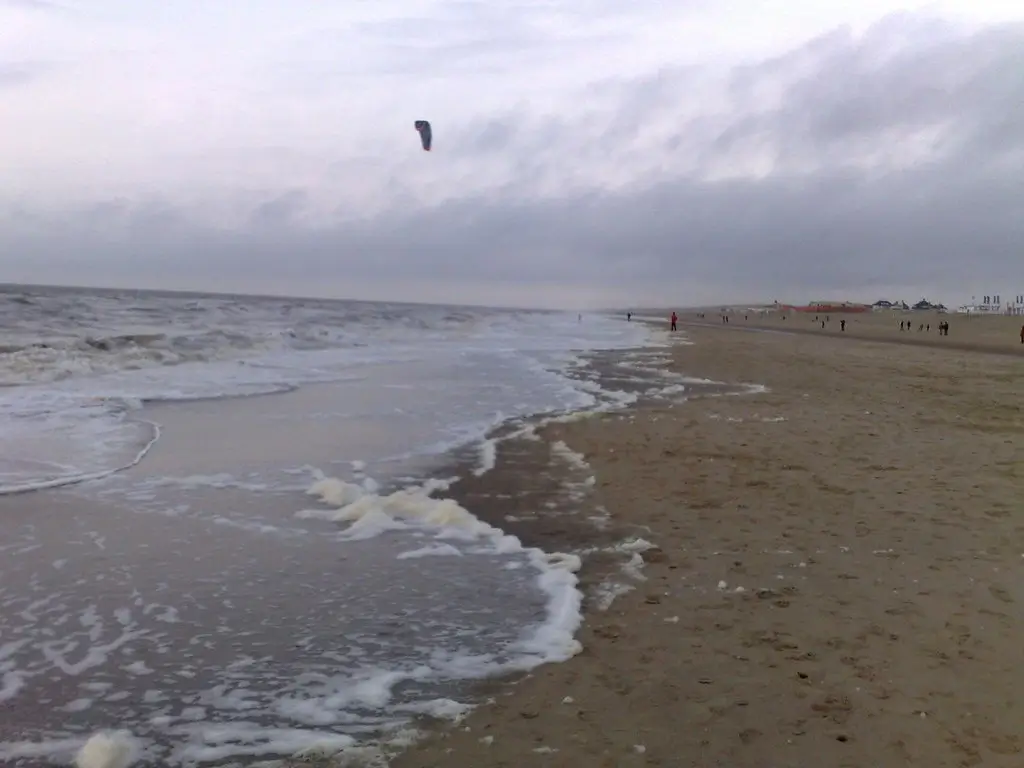
🏄 Noordwijk & Egmond aan Zee
Noordwijk sits between The Hague and Amsterdam, making it easy to access. The beach is long and offers consistent wind for kitesurfing. It has a strong local scene, with many schools offering lessons. The waves here can be challenging but fun for those who like to jump.
Egmond aan Zee, further north, is less crowded and has a relaxed vibe. Winds here are strong in autumn, with clean breaks that make riding exciting. Both beaches have ample facilities, including cafes and parking, making them comfortable for a full day on the water.
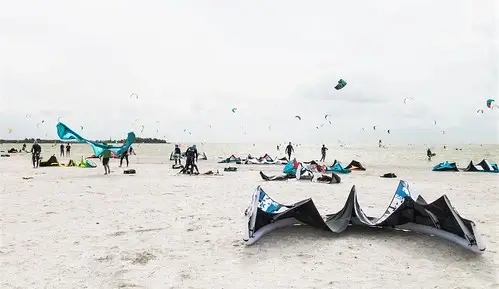
🏄 Mirns & Workum (Friesland, IJsselmeer)
Mirns and Workum sit along the IJsselmeer and are known for their shallow, flat water. These spots are perfect for beginners learning to ride or advanced kiters practicing freestyle tricks. The safe conditions attract families and schools, with Workum offering a lively atmosphere and Mirns being quieter.
Winds here are reliable during spring and autumn. The sandy bottom makes falls safer, and the shoreline is easy to launch from. Both spots have camping options and gear rentals nearby, making them great for weekend trips.
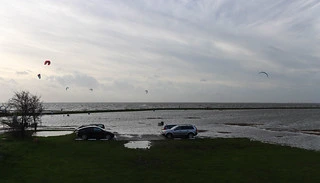
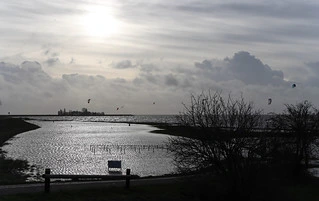
🏄 Strand Horst & Schellinkhout
Strand Horst, near Harderwijk, is one of the best inland kite locations. The shallow water stretches far out, allowing learners to stand up easily. It’s a top choice for freestyle kiters due to its flat surface.
Schellinkhout, also on IJsselmeer, has similar conditions with steady winds and shallow areas. These spots are ideal for practicing transitions and tricks. They are also close to central cities, so you can visit without a long drive. Facilities include schools, parking, and cafes.
Safety, rules, and permitted zones
Local regulations
Every popular beach has zones marked by flags or signs. These keep kiters away from swimmers and surfers. Launch and land only within the kite area. Avoid protected dunes or wildlife zones. Some beaches ban kiting during crowded summer hours, so always ask a local school or check online before riding.
Currents, tides, hazards
The North Sea has strong rips and shifting sandbanks. Currents around jetties and piers can drag you off course. Tides expose rocks, poles, or drop-offs. Inland lakes have fewer hazards but may hide shallow spots or obstacles. Walk the beach and check conditions before launching. Use tide charts to know when water is high or low.
Tips for planning your trip
How to reach spots
Travel in the Netherlands is simple. Many beaches like Zandvoort connect by train from Amsterdam. Bring your gear on the train, but note busy times. For remote places like Brouwersdam or Zeeland’s hidden beaches, a car makes things easier. Parking is common but fills quickly on weekends. Some spots have free lots, others require payment. Bikes are perfect for reaching less crowded launches from nearby towns.
Where to stay and eat
You’ll find all types of stays: seaside hotels, B&Bs, surf hostels, and campgrounds. Workum and Mirns have camping right by the water, ideal for early sessions. Zeeland offers rental cottages with ocean views. Restaurants and beach bars serve fresh seafood and local favorites. Try snacks like kibbeling, fries, and Dutch pancakes after a long ride.
Combine kiting with sightseeing
Kiting trips can mix sport with culture. Spend rest days exploring Amsterdam’s canals or The Hague’s museums. Cycle through Zeeland’s dunes or Friesland’s lakes. Visit windmills, old towns, and local markets. This mix keeps your trip fun even if the wind drops for a day.
Expert insights
Local rider advice
Dutch riders say wind angles matter. West and northwest give the best sessions on the coast. Always check forecasts on apps like Windguru or Windy. They ride early morning or sunset to avoid packed beaches. They stress tide awareness because conditions shift fast. Many recommend bringing two kite sizes to match changing wind.
Hidden gems
Locals suggest Oostvoorne for flat water and few crowds. Lauwersoog, near the Wadden Sea, is windy and peaceful. Maasvlakte offers open water and space but needs caution due to ships and currents. These spots stay quiet even on windy weekends. Experienced riders also mention the Zandmotor at low tide, when lagoons appear for perfect freestyle runs.
FAQs
Q: What is the best time to kite in the Netherlands?
A: Autumn offers the best wind and waves.
Q: Which spot is best for flat-water beginners?
A: Workum and Mirns are shallow and safe.
Q: Are there restrictions or kite zones?
A: Yes, ride only in marked areas.
Q: Do I need a wetsuit year-round?
A: Yes, use 4/3 or 5/4 in cold months, 3/2 in summer.
Q: How do I reach remote spots?
A: Use a car for flexibility. Some beaches have train access.
Quick Takeaways
- Autumn has the best wind.
- Brouwersdam suits all riders.
- Workum and Mirns are great for beginners.
- Zandmotor offers flat and wave conditions.
- Zandvoort and Wijk aan Zee deliver strong waves.
- Follow local rules for safety.
- Bring proper gear.
Conclusion
The Netherlands is a top kitesurf destination. From North Sea waves to IJsselmeer flats, you have endless choices. Brouwersdam offers variety, Zandmotor changes with tides, and Workum has calm water. Plan for autumn winds and fewer crowds. Follow rules, wear the right gear, and stay safe.
Pick a spot, watch the forecast, and ride the Dutch wind. Share your session and tell us your favorite beach.
Engagement message
What’s your favorite Dutch kite spot? Share below and tag a friend who should try it. If this guide helped, spread the word!
